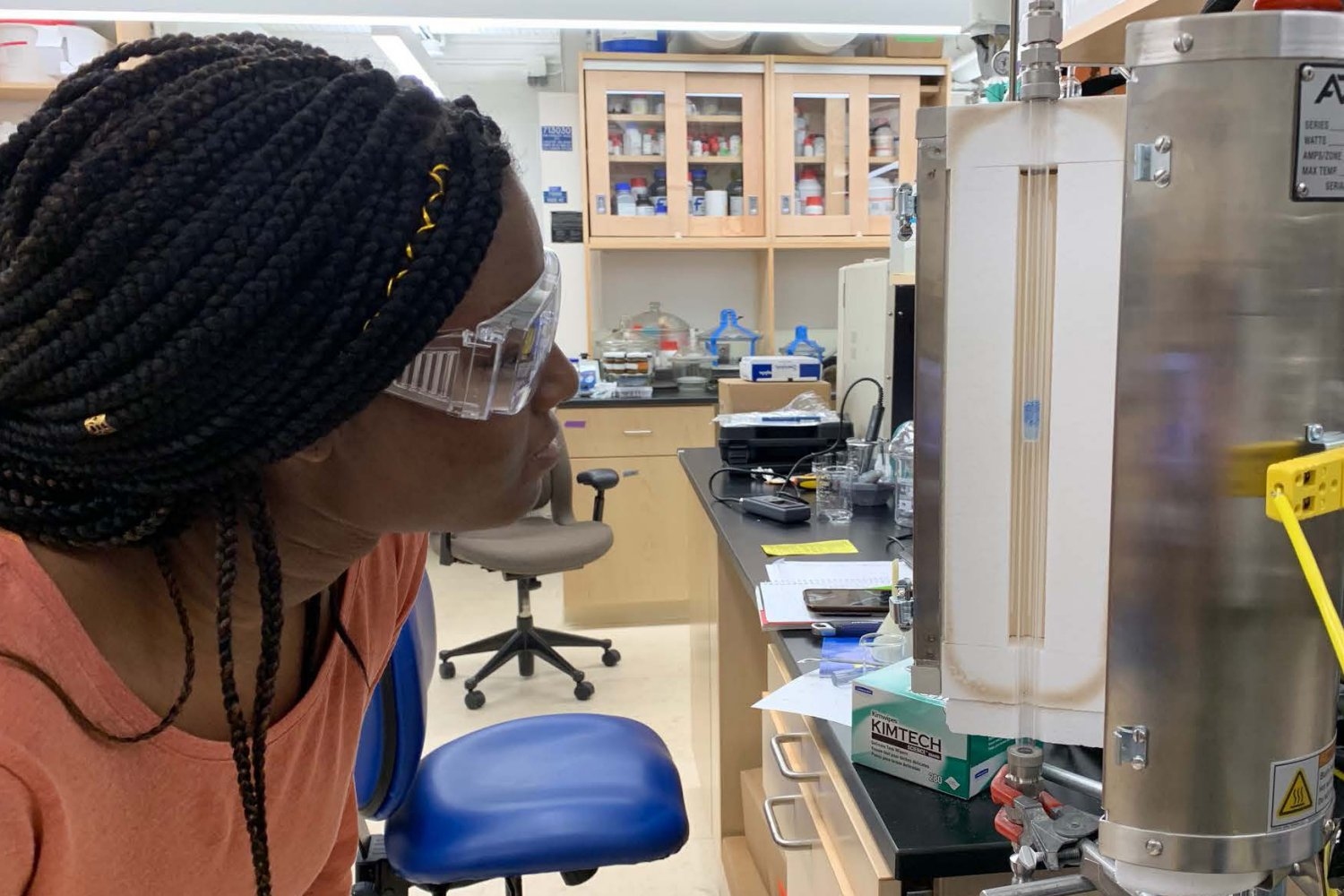Supercharging undergraduate research | MIT News
Now open to the entire School of Engineering, SuperUROP is creating an interdisciplinary community of scholars.
The experiment worked. Four years ago, Anantha Chandrakasan had a hunch that MIT engineering undergraduates didn’t just want to “do” research — they wanted to immerse themselves in it. This year the experiment, the Advanced Undergraduate Research Opportunities Program (SuperUROP), has expanded across the School of Engineering.
SuperUROP lets students dive into independent lab work, model the commitment and depth of graduate work, and talk shop with faculty mentors and industry experts. The experience helps them discover, at heart, what it takes to do research and what it means to love it.
This is exactly the high-level engagement that Chandrakasan, the Vannevar Bush Professor of Electrical Engineering and head of the Department of Electrical Engineering and Computer Science (EECS), envisioned when he created the program in 2012. “We hope to create an interdisciplinary community of scholars,” he said at the time. “It is amazing to see the enthusiasm and innovative ideas that emerge as students interact with peers in their own and other areas.”
Here is how SuperUROP works in practice: Students are paired with a faculty member or MIT researcher, take a two-semester course on undergraduate research, and spend 10 hours (or more) in the lab. Often their year-long projects evolve into graduate theses, startup plans, or industry positions.
A sampling of what MIT’s SuperUROP students have been up to in 2015-16:
For Berj Chilingirian ’16, a double major in EECS and mathematics, and a member of the Cybersecurity Group at CSAIL, SuperUROP has enabled nothing short of a transformative intellectual and academic experience. “SuperUROP shaped my life — it has led me to pursue a PhD,” he said. “It was powerful.”
Reprinted with permission of MIT News
